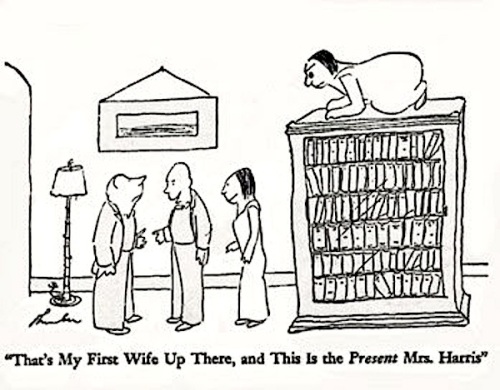Beginning August 2003 and ending May 2018 I had one or more short stories published each and every month. That’s 14 years and 10 months (178 consecutive months), and I know of no living short story writer who has come close to accomplishing a similar feat. (Edward D. Hoch accomplished something similar—and far more impressive—with a story in every issue of
Ellery Queen’s Mystery Magazine beginning May 1973 and continuing through March/April 2009.)
The streak began with the August 2003
Hustler Fantasies, which contained “Married vs. Single” and “Slice of Heaven,” and ended with the May 2018 publication of the anthology
A Wink and a Smile (Smoking Pen Press), which contained my story “Too Close to School.”
During this run, my stories were published in nearly every genre; in anthologies, magazines, and newsletters; electronically, in print, and in audiobooks; in several countries and in at least three languages. They appeared under my own byline, under a variety of pseudonyms, and, in the case of confessions, without any byline at all.
Excluding self-published work and those months when I had collections released, my best months were April 2008 and June 2012 (nine stories each); July 2006, December 2010, and November 2012 (eight stories each); and April 2011, May 2011, September 2011, November 2011, January 2012, and August 2014 (seven stories each).
During this multi-year streak, 132 stories appeared in
True Story and 125 in
True Confessions. My longest single-magazine run was 29 consecutive issues of
True Story, which is only slightly longer than a previous run of 26 consecutive issues of the same magazine.
Thirteen times I had three stories published in a single issue. This happened most often with
True Confessions (May 2012, July 2012, March 2017, and April 2017). I had three stories in three issues of
Ruthie’s Club (June 19, 2006; July 17, 2006; and April 28, 2008); three stories in two issues of
True Love (April 2011 and May 2011); and three stories in single issues of
True Romance (March 2005),
Black Confessions (August 2006),
True Story (January 2012), and
The Mammoth Book of Uniform Erotica (Running Press, 2015).
My wife can attest that I grew nervous as month-ends approached without anything published, and at least twice I had single-story months in which that month’s lone story was published only a few days before the month ended.
HOW I DID IT
If I can trust my personal blog, I first noticed this streak at the three-year mark in May 2006, and I began to pay attention to what was happening.
Because editors determine which stories to accept and which issues to put them in, this is a publication streak over which I had little control. Even so, there are a few things I did that helped maintain the streak once it began:
Maintained high productivity. The more stories I wrote and submitted, the greater the odds that I would publish regularly.
Targeted multiple genres. There aren’t enough paying markets in most genres to support a highly productive short story writer. So, I wrote in multiple genres.
Targeted multiple publications. Even within genres, I spread my work among multiple publications.
Wrote themed and seasonal stories. I wrote several stories tied to themes or seasons, thus producing stories most suitable for specific magazine issues. For example, I had good luck with New Year’s Eve stories (published in January), Valentine’s Day stories (February), St. Patrick’s Day stories (March), Halloween stories (October), Thanksgiving stories (November), and Christmas stories (December).
NOW WHAT?
As the streak lengthened, I began to believe I had control over it. I believed the sheer momentum of my achievement would propel it forward, and writing to the streak (themes and seasons!) would ensure its continuation.
It didn’t.
Editors changed. Markets disappeared. Anthologies tanked or missed scheduled publication dates. My productivity faltered. I can identify any number of reasons why the streak ended, but rather than assign blame for its end, I prefer to be amazed that it happened at all.
And now that the streak
has ended, the pressure’s off. I no longer feel driven to write to the streak, and I wonder how that will impact my writing going forward.
The count starts over. With the July publication of “Good Girls Don’t” in Pulp Modern (volume 2, issue 3), the publication of “Decision” in the Summer 2018 Flash Bang Mysteries,
and the release of “Fissile Material” as a stand-alone audio release, I have now had one or more short stories published for one consecutive month.























































